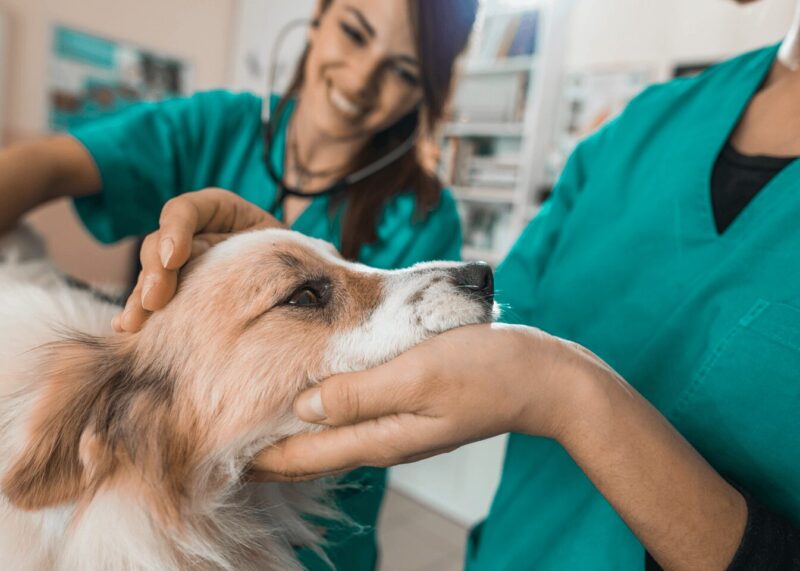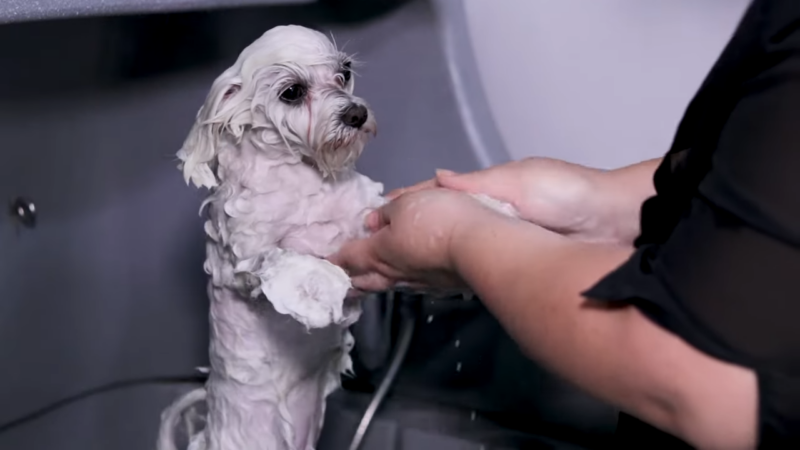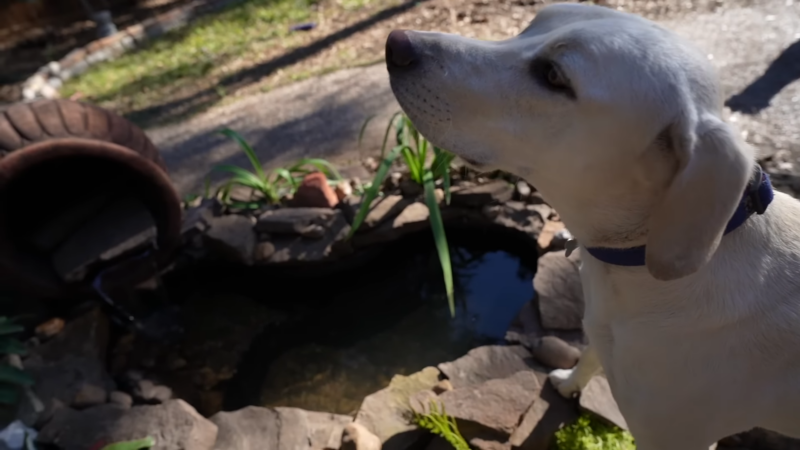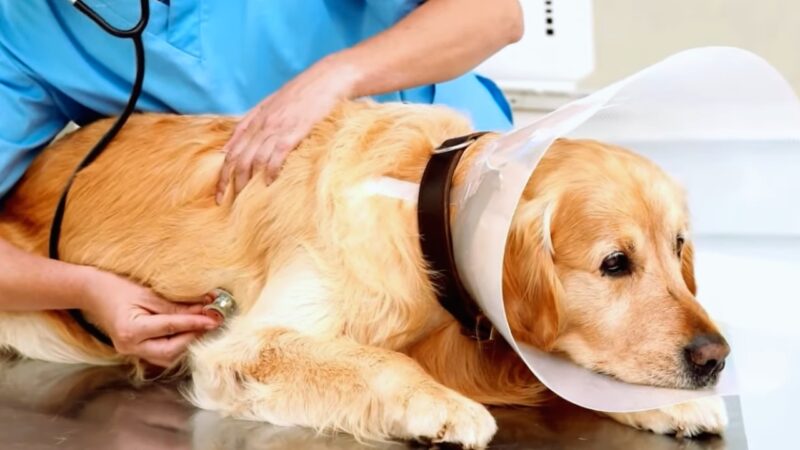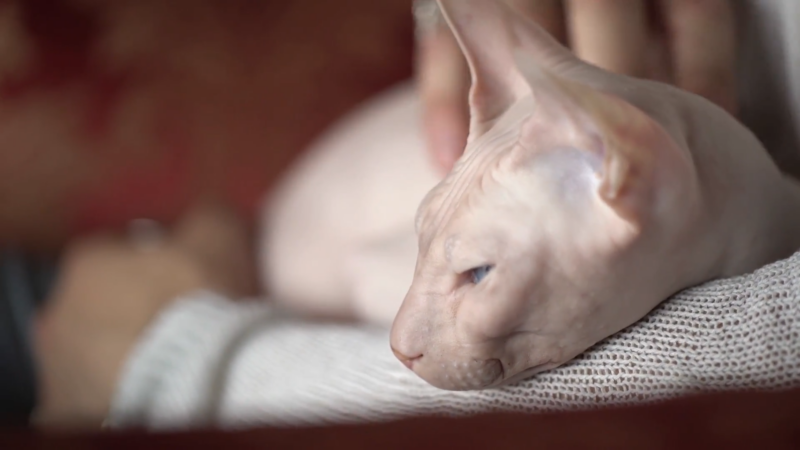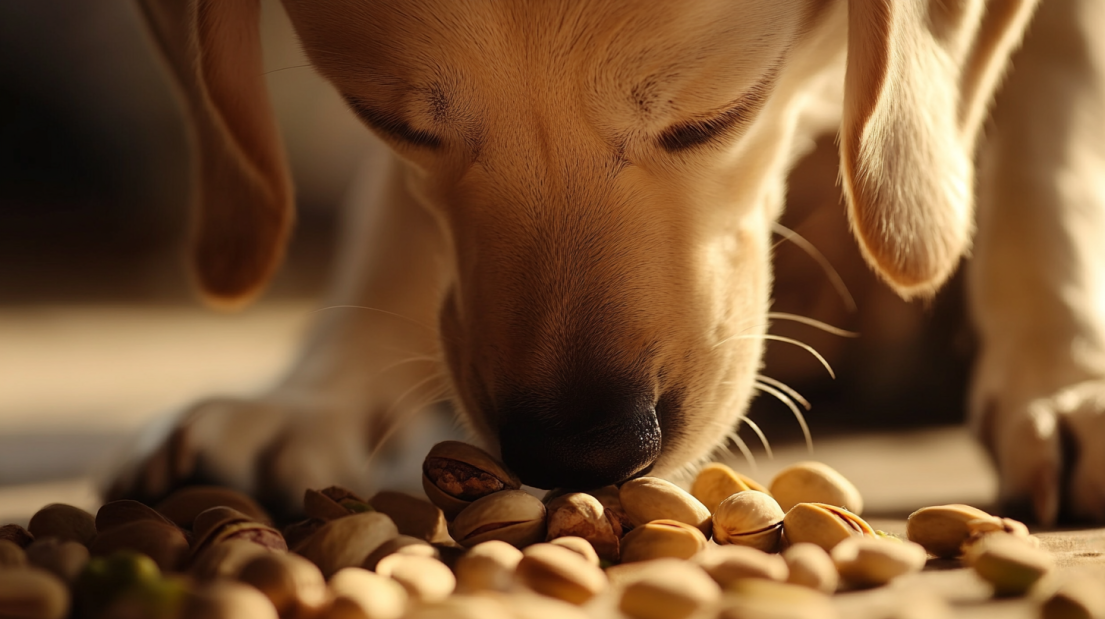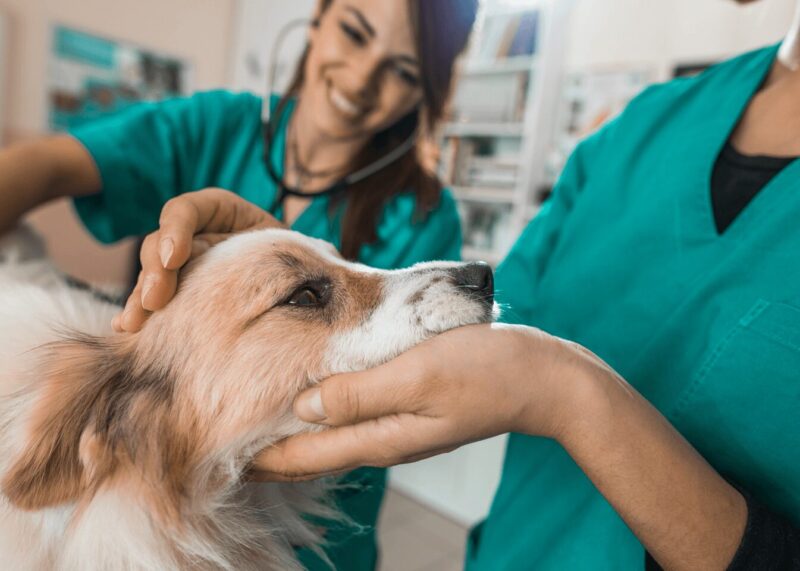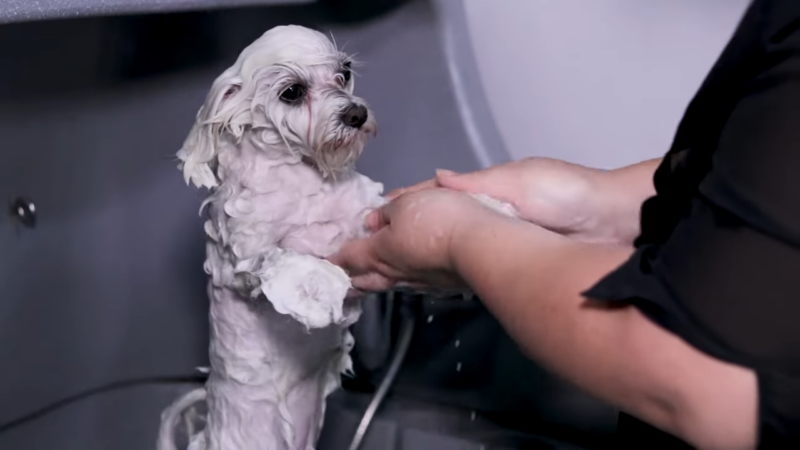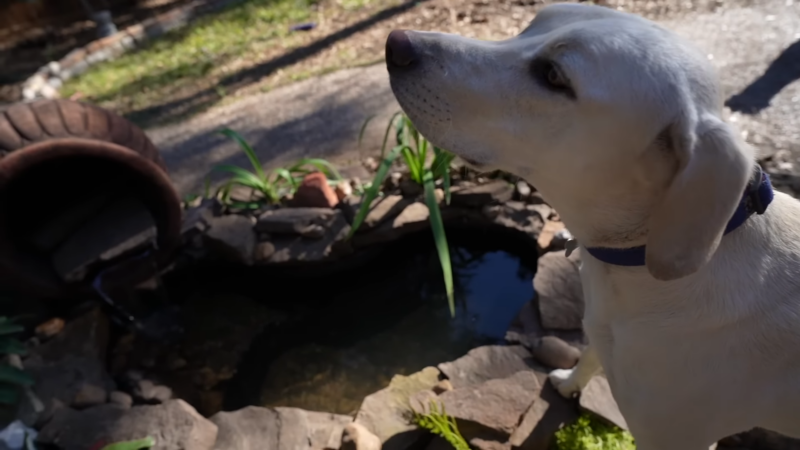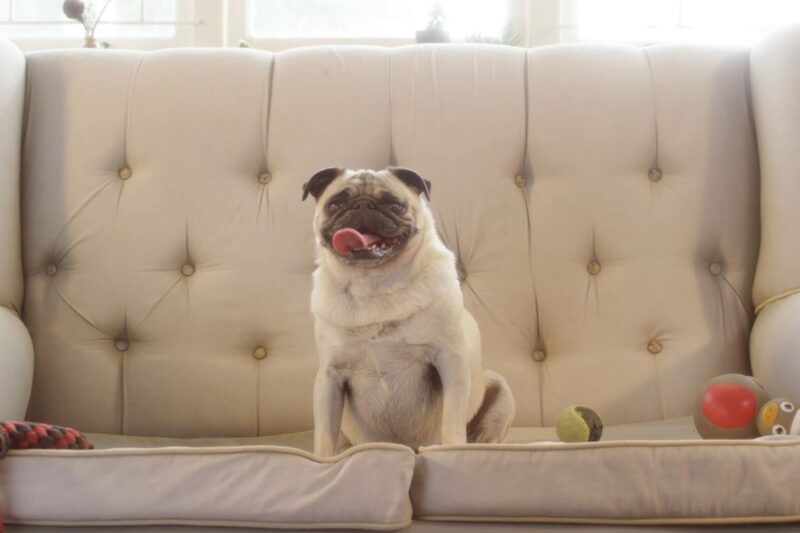
-
Nancy Nixon
- Published:
- Updated: April 16, 2024
- Category: Pet Health and Care
Share Post:
As pet parents, we want what’s best for our pets, don’t we?
So how do we align our lifestyle with that of taking care of our pets?
First of all, remember that creating and maintaining a healthy, safe, and eco-friendly environment for our pets is a continuous and conscious effort that goes a long way.
We will guide you, from picking suitable plants and cleaning products to setting up a comfortable space for your pets.
Key Takeaway
4. Choose Pet-Friendly Plants
Many common houseplants can be toxic to pets, causing anything from mild irritation to severe health issues.
Opt for pet-friendly plants like spider plants, bamboo, and Boston ferns to keep your furry friends safe.
“Pets can reduce stress, anxiety, and depression, and even lower blood pressure and cholesterol levels” – Centers for Disease Control and Prevention.
4. 1. Spider plant
Spider plant helps clean indoor air.
Studies have shown that spider plant is quite effective in cleaning indoor air by absorbing chemicals including formaldehyde, xylene, benzene, and carbon monoxide in homes or offices.
Thick, fleshy roots allow spider plant to tolerate inconsistent watering.
“Indoor plants can improve air quality by up to 45%” – NASA Clean Air Study.
4. 2. Bamboo
Bamboo is the fastest-growing plant on this planet.
It has been recorded growing at an amazing 47.6 inches in 24 hours.
Bamboo is a crucial element in the balance of oxygen and carbon dioxide in the atmosphere.
A grove of bamboo releases 35% more oxygen than an equivalent stand of trees.
This plant is packed with vitamins and essential minerals such as niacin, vitamin A, vitamin B6, and vitamin E, which are the body’s most powerful antioxidants. It is known to naturally increase collagen production, helps to detox the body and boost natural immunity.
“Bamboo can grow up to 3 feet in a single day” – Guinness World Records.
4. 3. Boston Fern
Use Boston fern indoors as a houseplant or as a seasonal accent plant outside once all danger of frost is past.
These plants are ideal in hanging baskets, in raised containers, or on plant stands, so their long fronds can provide a dramatic arching fountain of foliage.
This plant thrives in lots of indirect light.
The morning sun is ideal, as a full afternoon sun can burn the fronds.
In humid, subtropical areas of Florida (zones 10 to 12), Boston ferns make an attractive mid-height groundcover in areas with dappled shade.
4. 4. What is the most toxic plant to animals?
Sago palms! Seeds are exceptionally dangerous. This plant has no value to pollinators, and the male plants are considered moderately allergenic to humans, but for pets is extremely dangerous.
In the meantime keep an eye out for sago palms, which aren’t palms but your soon to be faves cycads https://t.co/X5VkTuH5Ej pic.twitter.com/I0OAZkt4G6
— Dr Nathalie Nagalingum (@NNagalingum) February 11, 2022
In addition to their toxicity, exercise caution with physical contact as the leaves are quite spiky and can be painful.
Another 10 toxic household plants for pets are Oleander, Aloe, Chrysanthemum, Hyacinth, Jade plant, Daffodil, and Asparagus fern.
Keep them out of reach or replace them with pet-safe alternatives.
3. Non-Toxic Cleaning Products
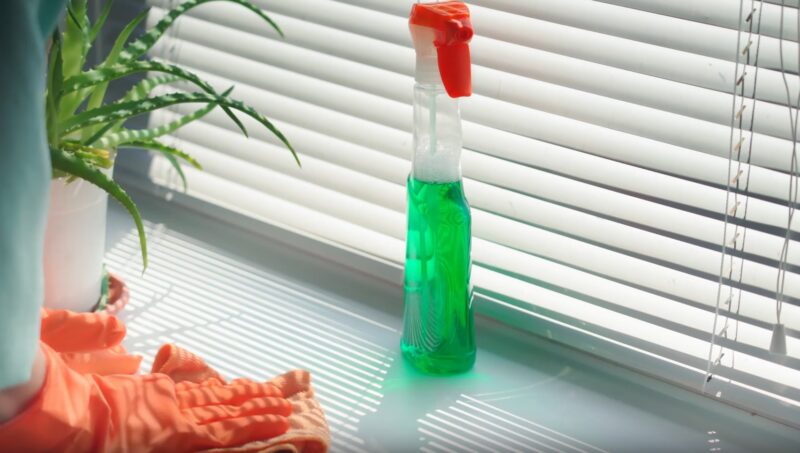
Traditional cleaning products often contain harmful chemicals that can be dangerous for pets. Vinegar, baking soda, and castile soap, as three natural cleaning products that are safe to use around pets.
Baking soda and castile soap for cleaning. pic.twitter.com/gKXvrPMQV6
— Numberonepal🐝 🌺🤙 (@numberonepal) March 9, 2024
Vinegar is a combination of acetic acid and water made by a two-step fermentation process.
First, yeast feed on the sugar or starch of any liquid from a plant food such as fruits, whole grains, potatoes, or rice.
This liquid ferments into alcohol. Baking soda not only possesses natural odor-absorbing powers, but it also makes a great stain remover and general cleaner.
Combine it with water to make a paste, or vinegar for extra fizzy cleaning power.
Castile soap is also a good choice. It contains only vegetable oils – no animal fats – making it vegan, nontoxic, and biodegradable.
The soap molecules found in Castile soap have one end that bonds to water and one that repels it.
So, immediately switch to natural, pet-safe cleaning products, like we recommend, to maintain a clean and non-toxic home.
2. Create a Comfortable Space
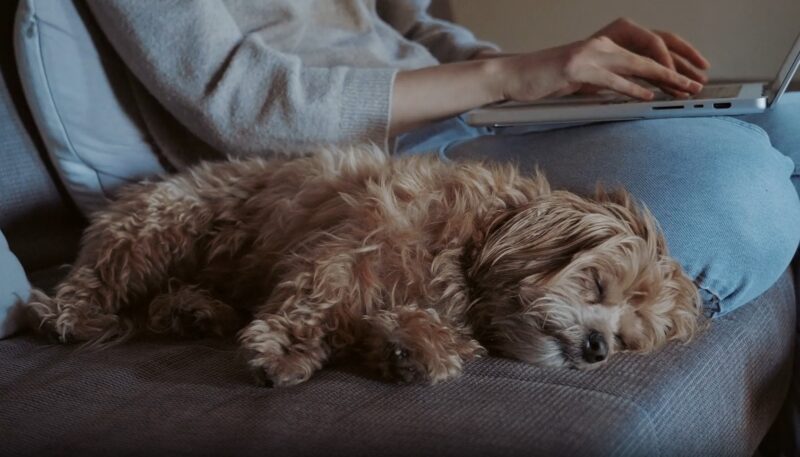
Pets need a cozy, dedicated space to relax and feel secure.
Provide soft bedding, toys, and hiding spots for your pets to enjoy.
Paper-based bedding is arguably the most popular and widely used type of hamster bedding.
It’s soft and comfortable and typically comes in a variety of colors so you can make your hamster’s cage her own.
For toys, our ideas are:
- Make a braided T-shirt tug toy by cutting three long strips from an old T-shirt, tying one end together, braiding the strips tightly, and tying the other end. Trim any excess fabric.
- Create a DIY rope toy by coiling cotton or hemp rope around itself in a spiral shape and securing both ends with knots.
- For an upcycled denim tug toy, cut two long strips from old jeans, fold each in half, and weave them together tightly. Secure the ends with a knot.
- To make a fleece tug toy, cut two long strips from an old fleece blanket, tie one end together, braid the strips, and tie the other end. Trim any excess fabric.
If your dog has a “safe space” in the house, it’s a good idea to provide one or more hiding spots, whether it’s a room, pen, or something else.
Common choices include under or behind furniture, in smaller rooms with limited traffic like closets, spare bathrooms, or laundry rooms, or dog crates tucked into out-of-the-way locations.
Create your pets have access to clean water and a balanced diet to support their overall health.
1. Secure Dangerous Areas
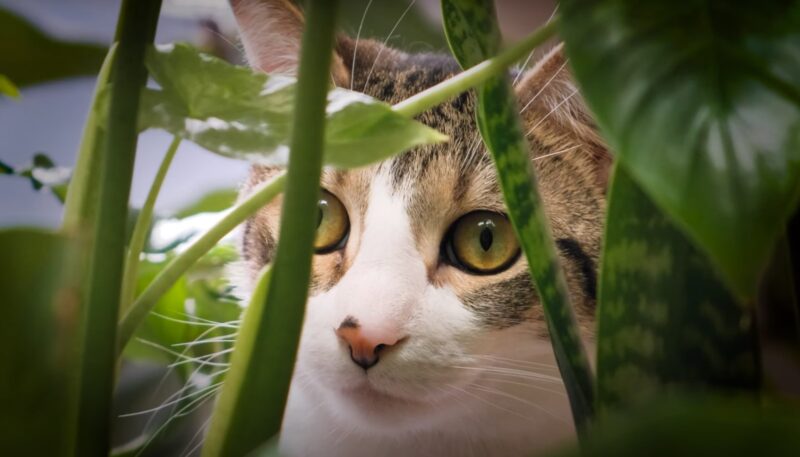
Identify potential dangers in your home and take steps to secure them.
This may include blocking access to rooms with toxic plants, chemicals, or small objects that can be swallowed.
Curious pets can find themselves in dangerous situations if they access certain areas of your home.
Secure cabinets, windows, and doors to keep your pets safe from potential hazards.
Install safety gates, baby-proof latches, and window guards to protect your pets from accidents.
FAQ

